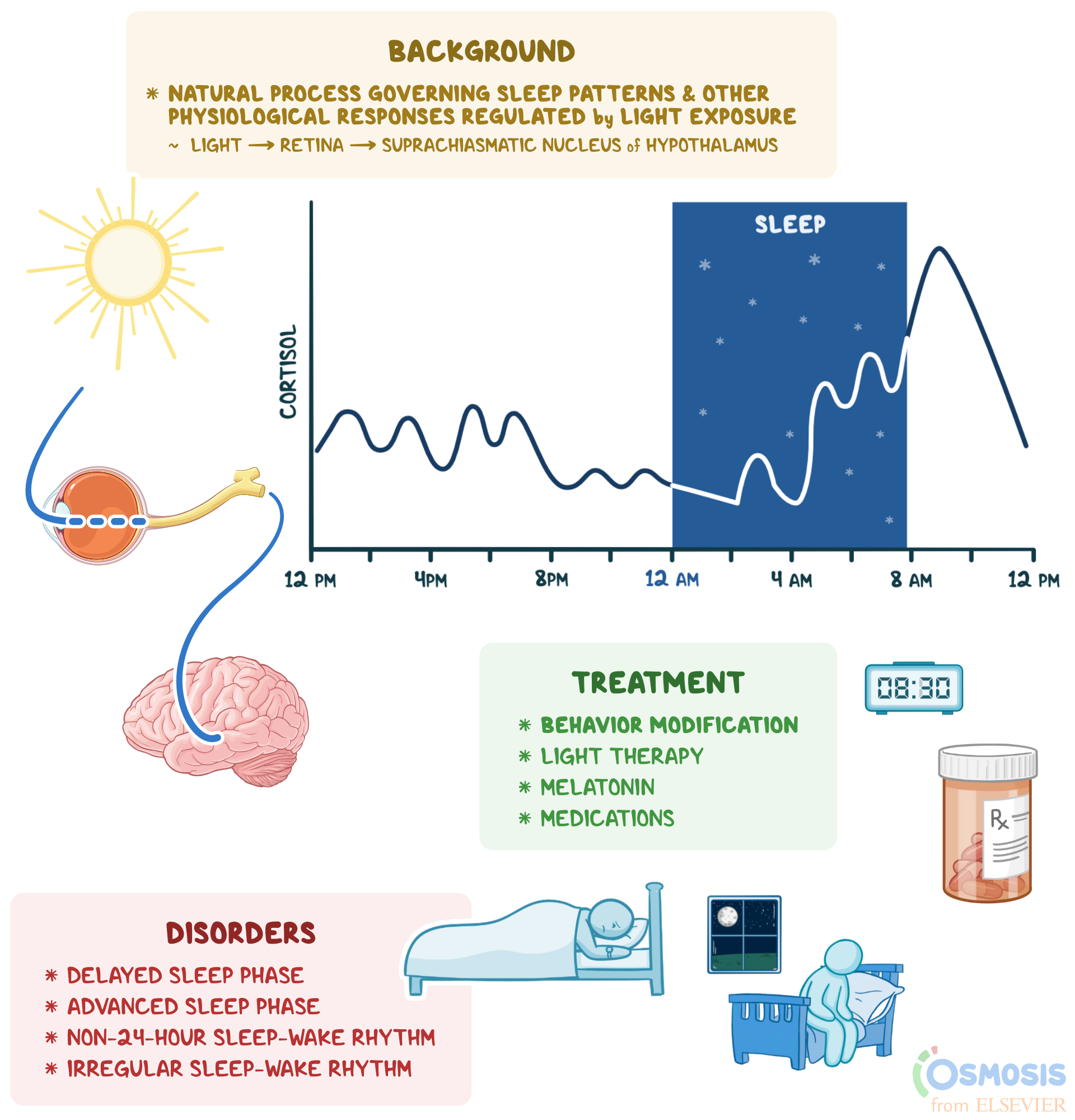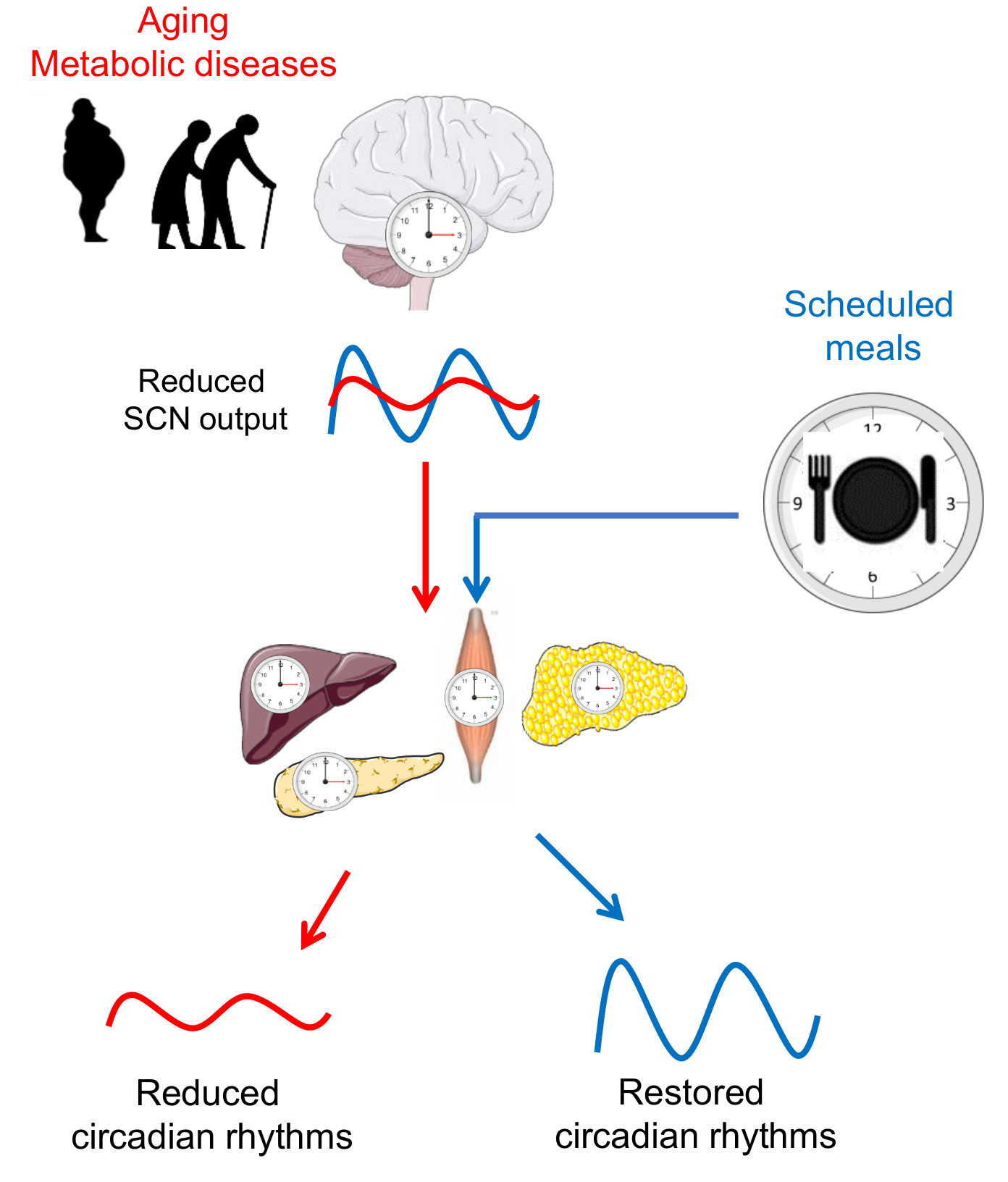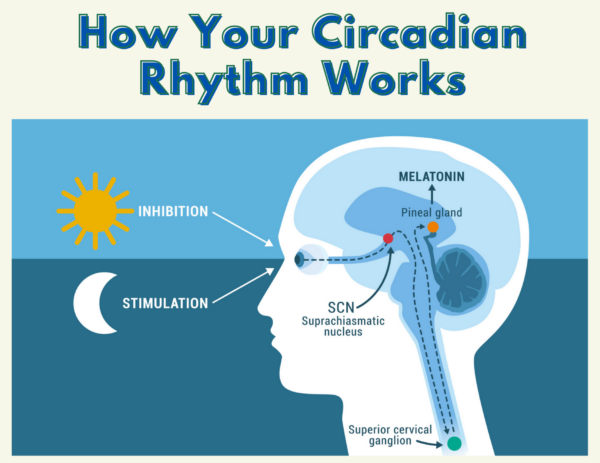Which Of The Following Represents A Circadian Rhythm
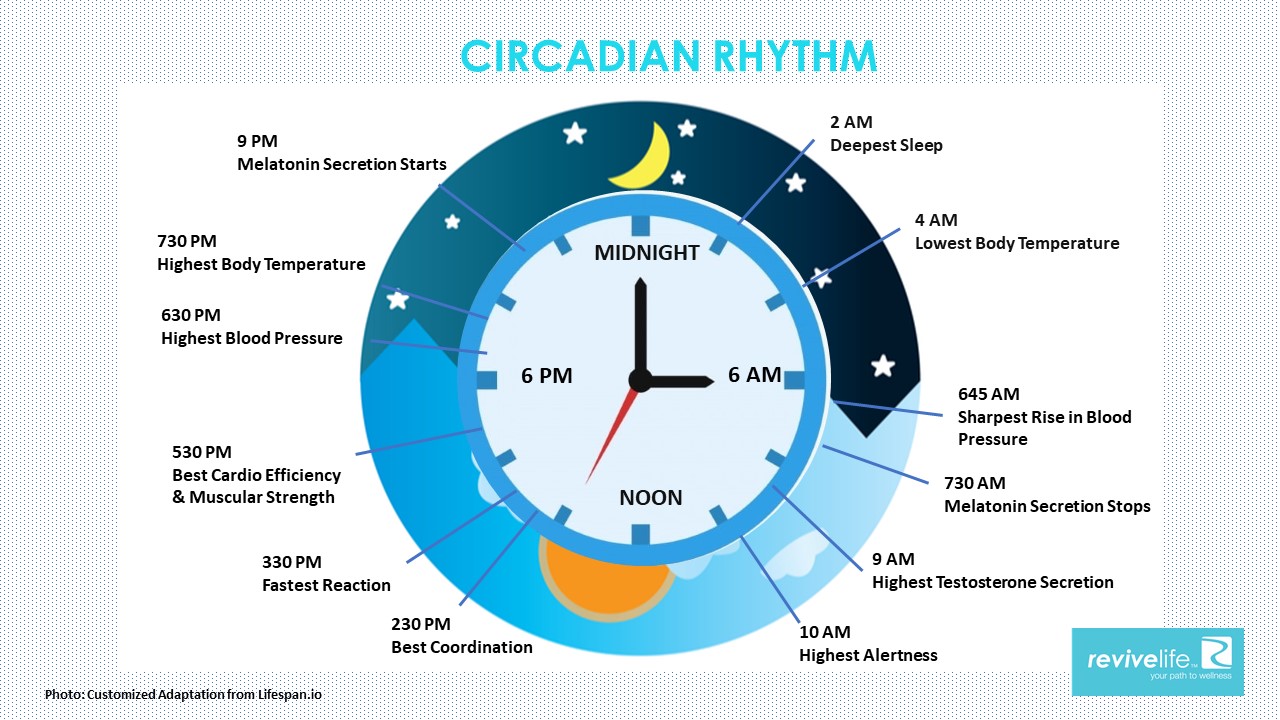
Imagine waking up just before your alarm clock rings, feeling refreshed and ready to start the day. Or perhaps you've experienced that afternoon slump, a familiar wave of tiredness that hits like clockwork. These everyday experiences are subtle clues to a powerful internal mechanism: your circadian rhythm.
At its core, a circadian rhythm is a roughly 24-hour cycle in the physiological processes of living beings, including plants, animals, and humans. But which of the many biological processes in our body represents this rhythm? This article aims to unravel the mystery and show how understanding our circadian rhythms can lead to improved health and well-being.
What is a Circadian Rhythm?
The term "circadian" comes from the Latin "circa" (about) and "diem" (day), hinting at its fundamental nature. Circadian rhythms are not just about sleep; they influence nearly every aspect of our physiology, including hormone release, body temperature, and even cognitive performance.
These rhythms are primarily controlled by a master clock located in the brain, specifically in the suprachiasmatic nucleus (SCN), a cluster of neurons in the hypothalamus. The SCN receives direct input from the eyes about light exposure, synchronizing the body's internal clock with the external environment.
Key Processes Governed by Circadian Rhythms
So, which of the following represents a circadian rhythm? The answer lies in understanding the breadth of functions these rhythms govern.
Sleep-Wake Cycle: This is perhaps the most well-known aspect of circadian rhythms. The SCN regulates the release of hormones like melatonin, which promotes sleepiness, and cortisol, which promotes alertness. These fluctuations dictate when we feel tired and when we feel awake, forming the basis of our sleep-wake cycle. When our sleep-wake cycle is off, we can feel the effects.
Hormone Release: Many hormones are released according to circadian rhythms. Growth hormone, for instance, is primarily released during sleep, while cortisol levels peak in the morning to help us wake up. This orchestration of hormonal release ensures that bodily functions are optimized at the appropriate times.
Body Temperature: Our body temperature fluctuates throughout the day, reaching its lowest point during sleep and peaking in the late afternoon. This temperature variation is controlled by the circadian clock and influences various physiological processes.
Metabolism: Circadian rhythms also play a crucial role in regulating metabolism, influencing appetite, digestion, and energy expenditure. Disruptions to these rhythms can lead to metabolic disorders such as obesity and type 2 diabetes.
Cognitive Function: Mental alertness, reaction time, and memory performance also exhibit circadian patterns. We tend to be more alert and focused during certain times of the day, which can vary from person to person based on their chronotype (whether they are a "morning person" or "night owl").
Factors Affecting Circadian Rhythms
While the SCN acts as the master clock, various external factors can influence circadian rhythms, collectively known as zeitgebers (German for "time givers"). The most potent zeitgeber is light.
Light Exposure: Light exposure, especially blue light, inhibits melatonin production and signals the SCN to promote wakefulness. This is why exposure to screens before bed can disrupt sleep, as the blue light emitted from devices interferes with the natural melatonin release.
Social Cues: Social interactions, meal times, and work schedules can also influence circadian rhythms. Consistent routines help reinforce the body's internal clock and promote regular sleep patterns.
Temperature: While body temperature is itself regulated by circadian rhythms, external temperature can also have an effect. For example, exposure to cold temperatures can increase alertness.
Disruptions and Consequences
When circadian rhythms are disrupted, whether by shift work, jet lag, or inconsistent sleep schedules, a host of negative consequences can arise.
Sleep Disorders: Circadian rhythm disorders can lead to insomnia, excessive daytime sleepiness, and difficulty falling asleep or staying asleep at desired times.
Mood Disorders: Disruptions to circadian rhythms have been linked to an increased risk of mood disorders such as depression and bipolar disorder. The interplay between sleep, mood, and circadian rhythms is complex and bidirectional.
Physical Health Problems: Chronic circadian rhythm disruptions have been associated with an increased risk of cardiovascular disease, metabolic disorders, and even cancer. These health problems often stem from the cumulative effects of sleep deprivation, hormonal imbalances, and metabolic dysregulation.
Strategies for Maintaining Healthy Circadian Rhythms
Fortunately, there are several strategies we can employ to maintain healthy circadian rhythms and optimize our well-being.
Consistent Sleep Schedule: Going to bed and waking up at the same time each day, even on weekends, helps reinforce the body's natural clock. This consistency promotes regular sleep patterns and improves overall sleep quality.
Optimize Light Exposure: Expose yourself to bright light during the day, especially in the morning, to suppress melatonin production and promote wakefulness. Conversely, avoid exposure to screens and bright lights in the evening to allow melatonin levels to rise and prepare the body for sleep.
Create a Relaxing Bedtime Routine: Establish a relaxing bedtime routine that signals to your body that it's time to sleep. This could include taking a warm bath, reading a book, or practicing relaxation techniques such as meditation.
Regular Exercise: Regular physical activity can help regulate circadian rhythms and improve sleep quality. However, avoid strenuous exercise close to bedtime, as it can interfere with sleep.
Mindful Eating: Eat meals at consistent times each day and avoid large meals or sugary snacks close to bedtime. These can disrupt sleep patterns and lead to weight gain.
Limit Caffeine and Alcohol: Caffeine and alcohol can interfere with sleep and disrupt circadian rhythms. Avoid consuming these substances close to bedtime.
The Bigger Picture
Understanding our circadian rhythms is more than just a scientific curiosity; it's a key to unlocking better health and well-being. By aligning our daily routines with our internal clocks, we can optimize our sleep, mood, and physical health.
From the gentle rise and fall of our body temperature to the intricate dance of hormones that govern our sleep-wake cycle, circadian rhythms are fundamental to life. Recognizing and respecting these rhythms can empower us to live healthier, happier lives.
As research continues to unravel the complexities of circadian biology, one thing is clear: tuning into our internal clocks is an investment in our long-term well-being. By adopting lifestyle habits that support healthy circadian rhythms, we can tap into the power of our natural rhythms and live in greater harmony with ourselves and the world around us.

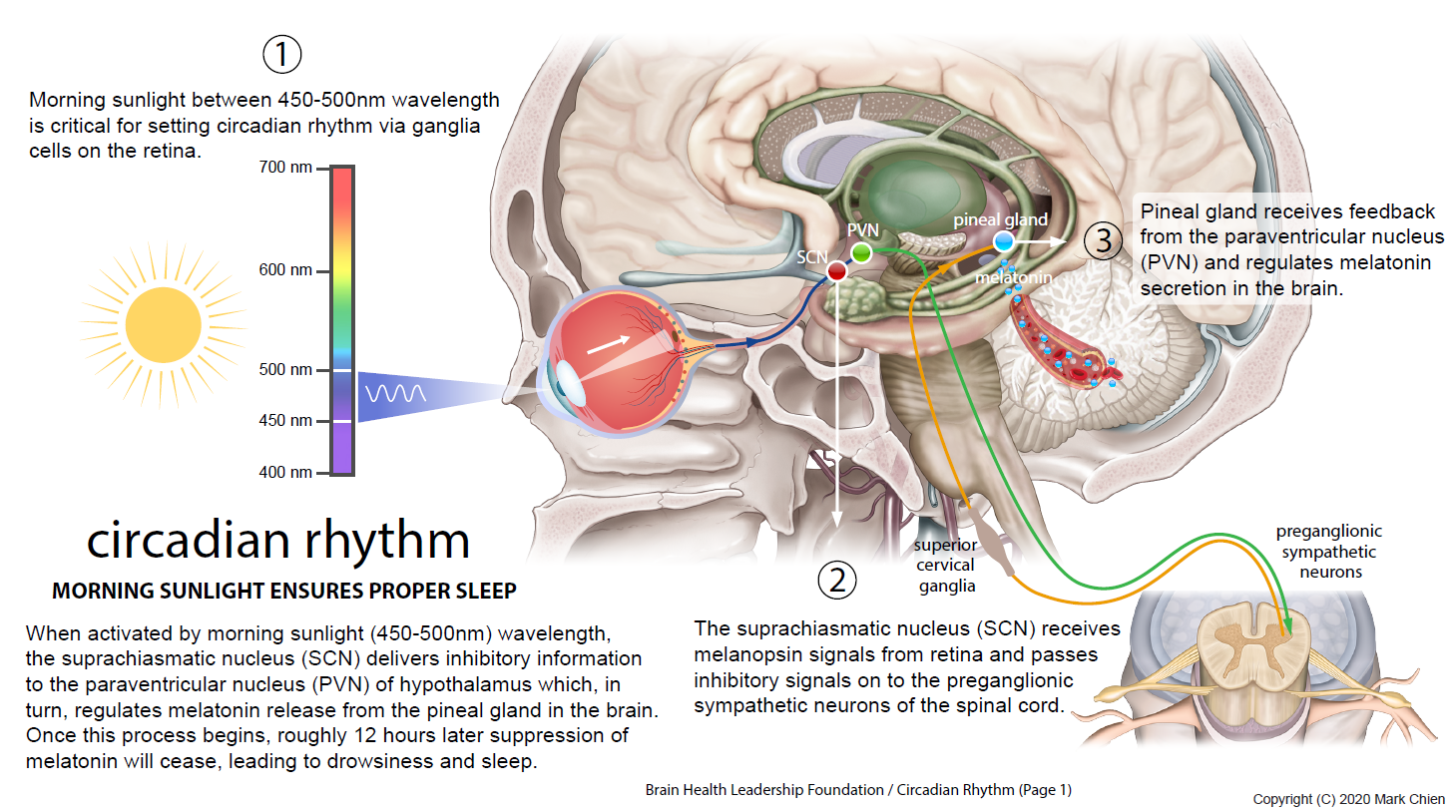
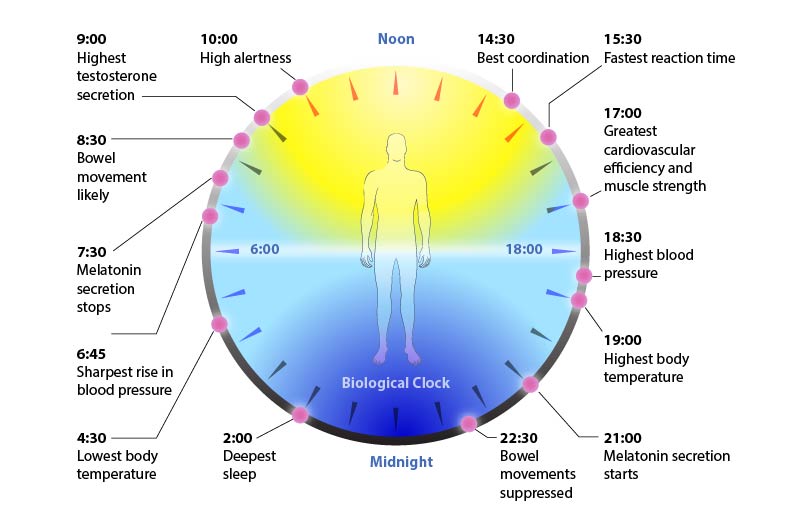





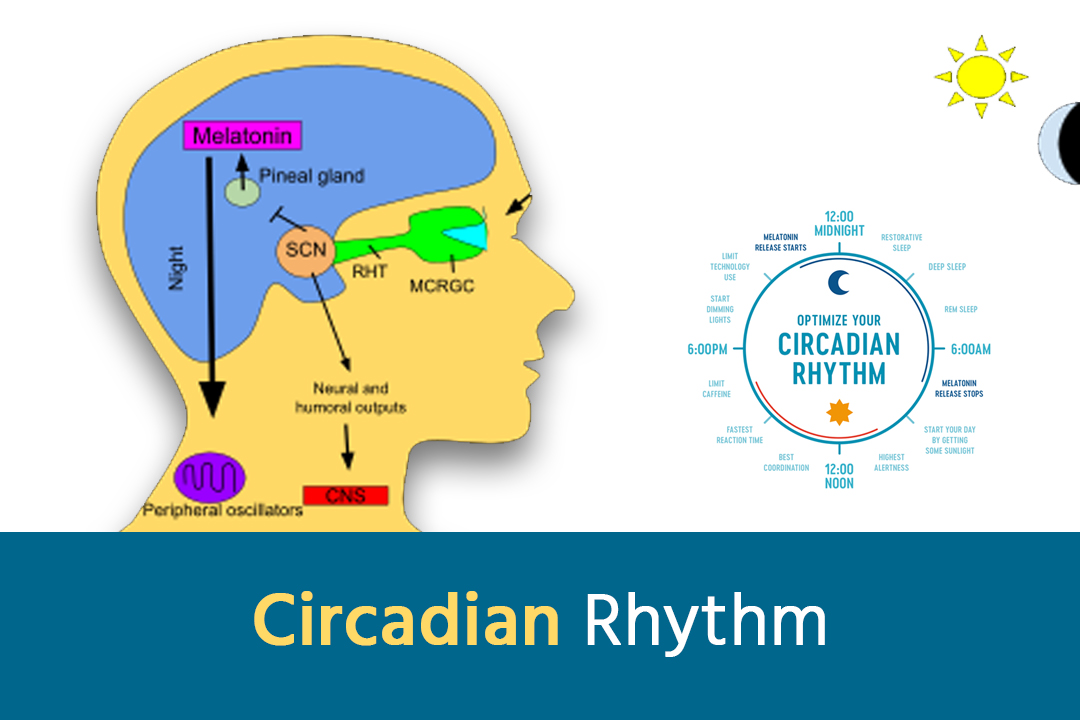


![Which Of The Following Represents A Circadian Rhythm Circadian Rhythm: What is it? [Plus 6 Ways to Fix Yours]– Carex](https://cdn.shopify.com/s/files/1/0240/6504/8681/t/34/assets/circadian_rhythm_diagram01-1647270124517_1200x.jpg?v=1647270126)

